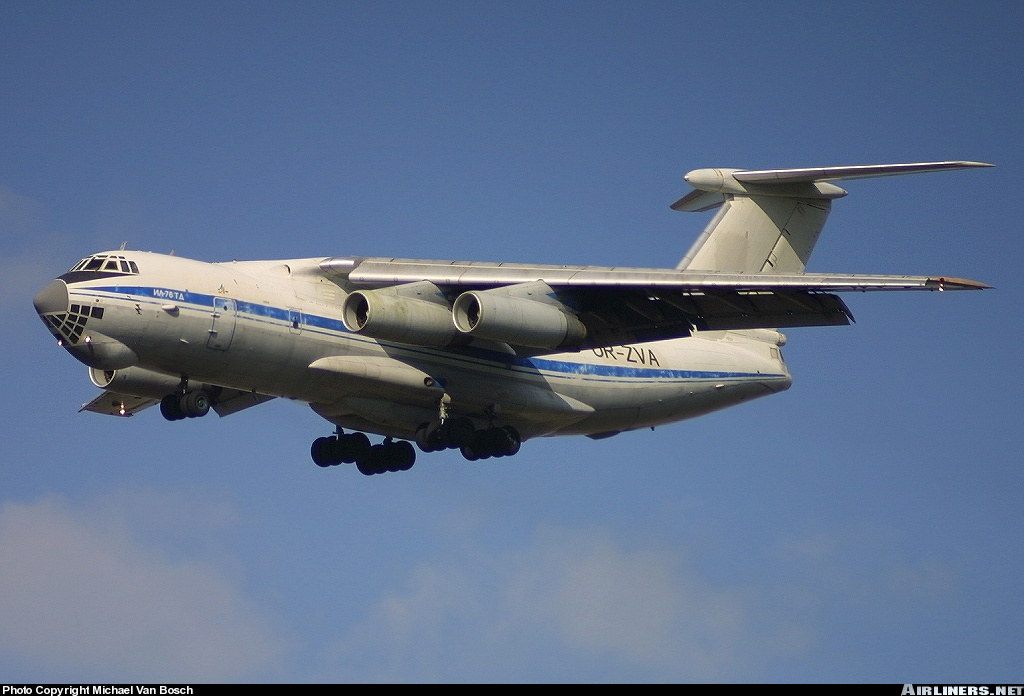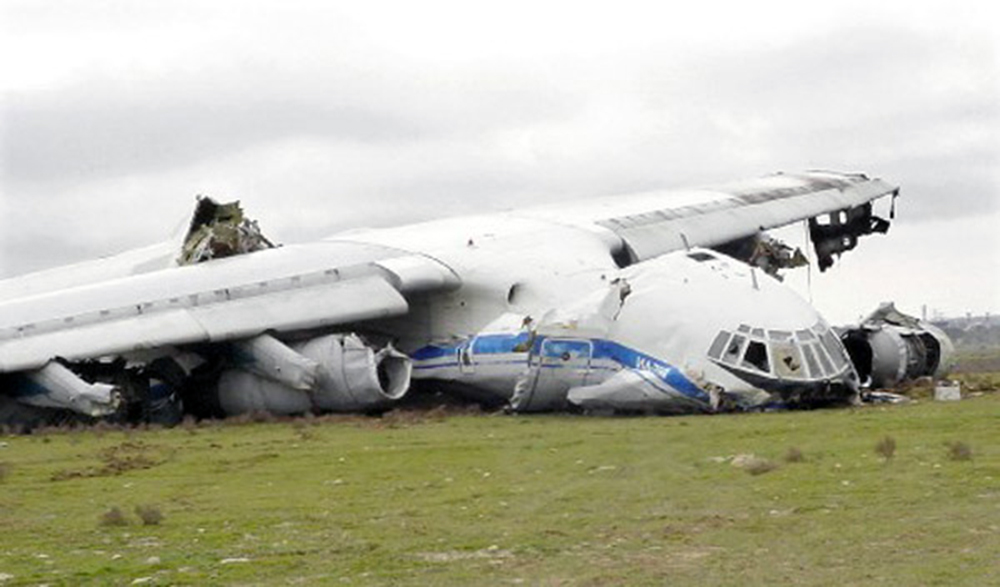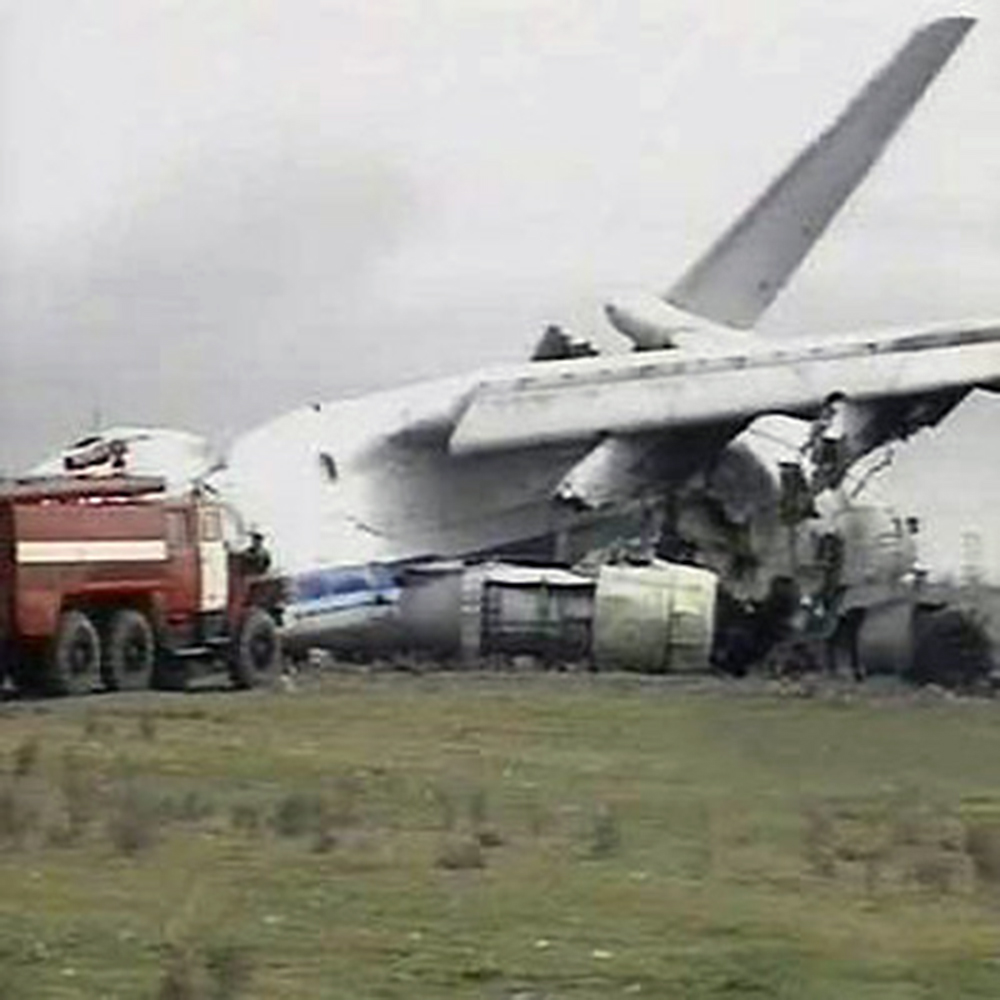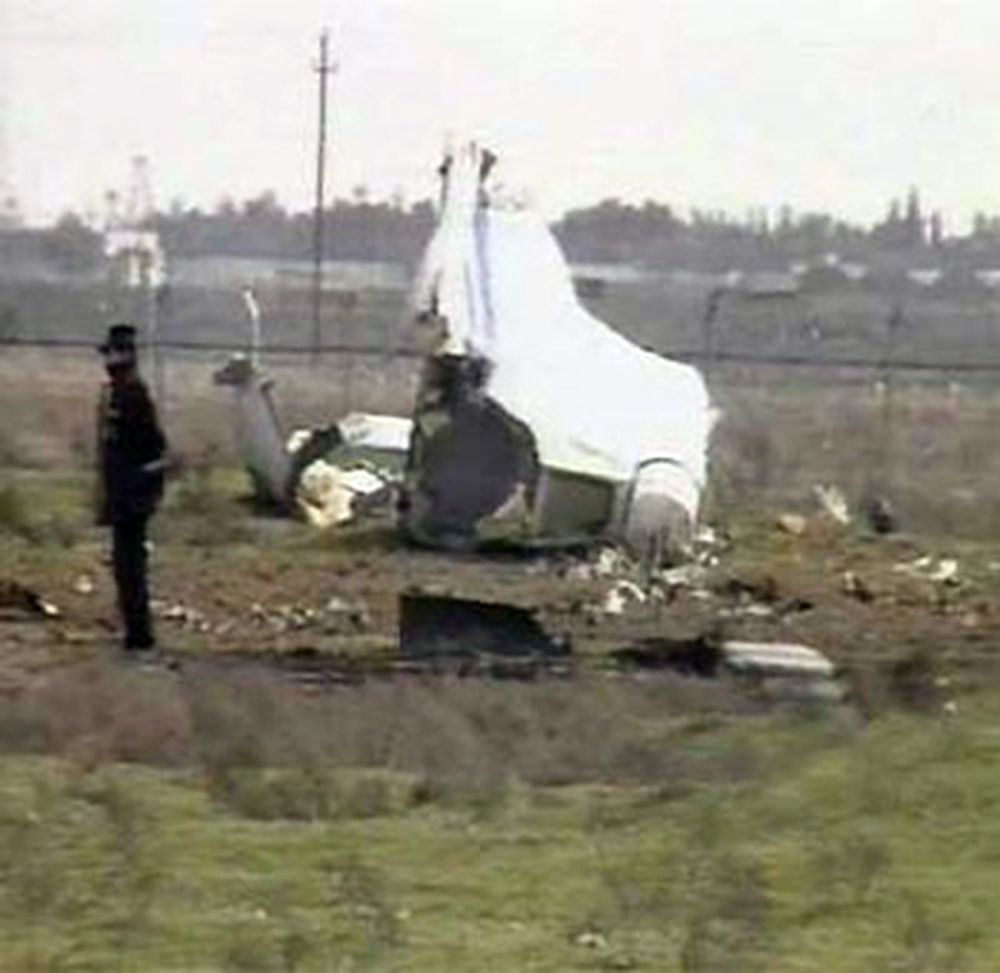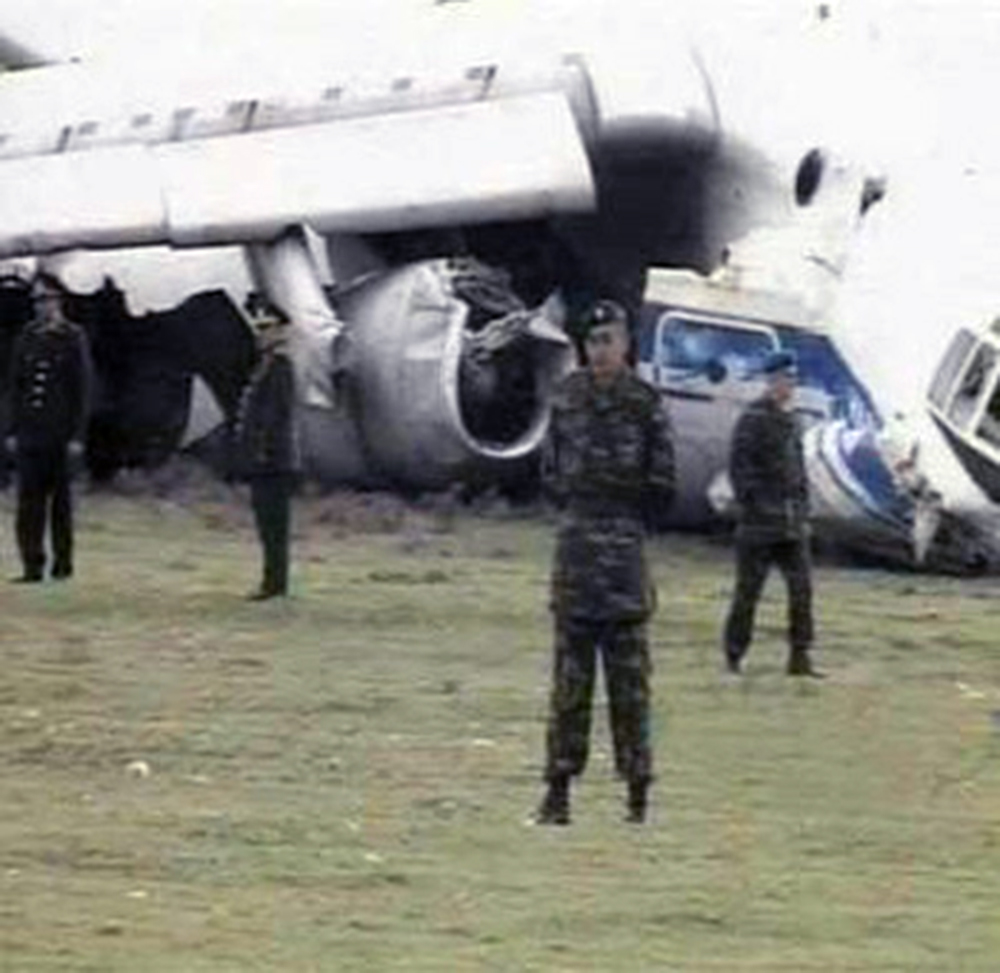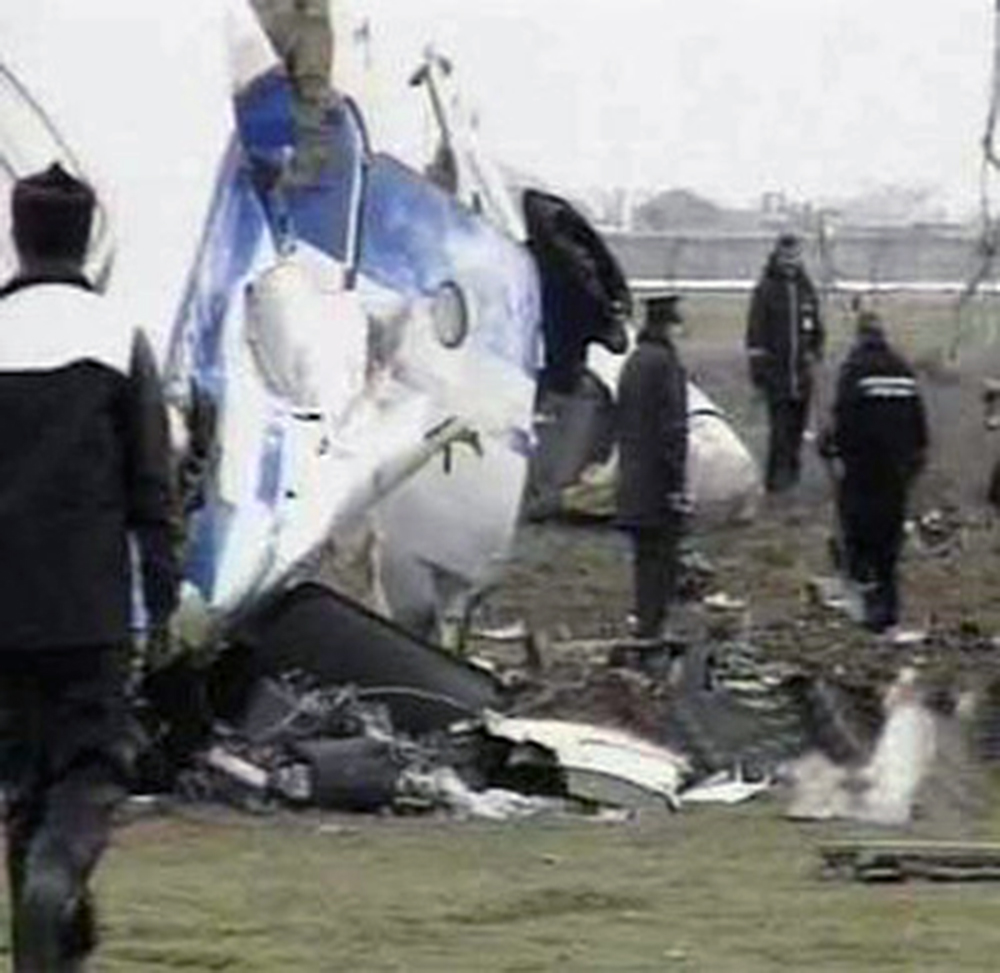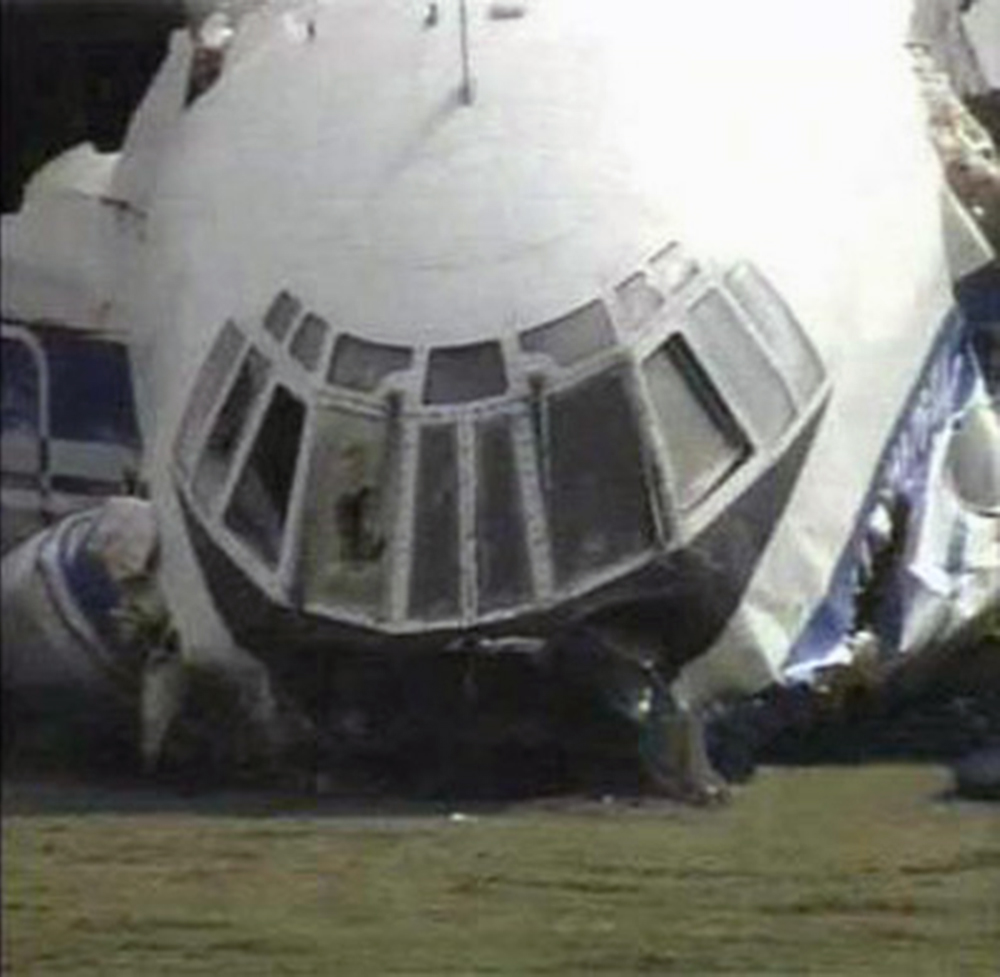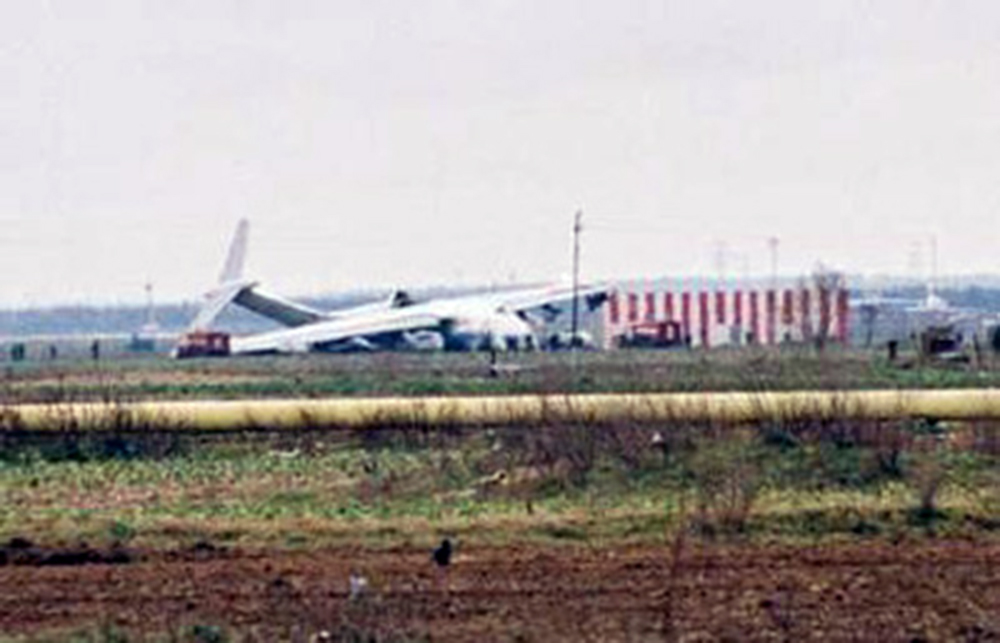Country
Crash of an Ilyushin II-76TD in Khartoum: 7 killed
Date & Time:
Feb 3, 2005 at 0807 LT
Registration:
ST-EWB
Survivors:
No
Schedule:
Sharjah – Khartoum – Nyala
MSN:
00234 38122
YOM:
1982
Crew on board:
6
Crew fatalities:
Pax on board:
1
Pax fatalities:
Other fatalities:
Total fatalities:
7
Circumstances:
The four engine aircraft departed Sharjah Airport on a cargo flight to Nyala with an intermediate stop in Khartoum, carrying 46 tons of humanitarian aid for refugees in Darfur. On board were sisx Russian crew members and one Sudanese translator. While approaching Khartoum-Haj Yusuf Airport, the crew reported fuel issues and elected to make an emergency landing when the aircraft crashed in a desert area located 800 metres from the Ad Babkr District, about 15 km East of Khartoum. The aircraft disintegrated on impact and all seven occupants were killed.
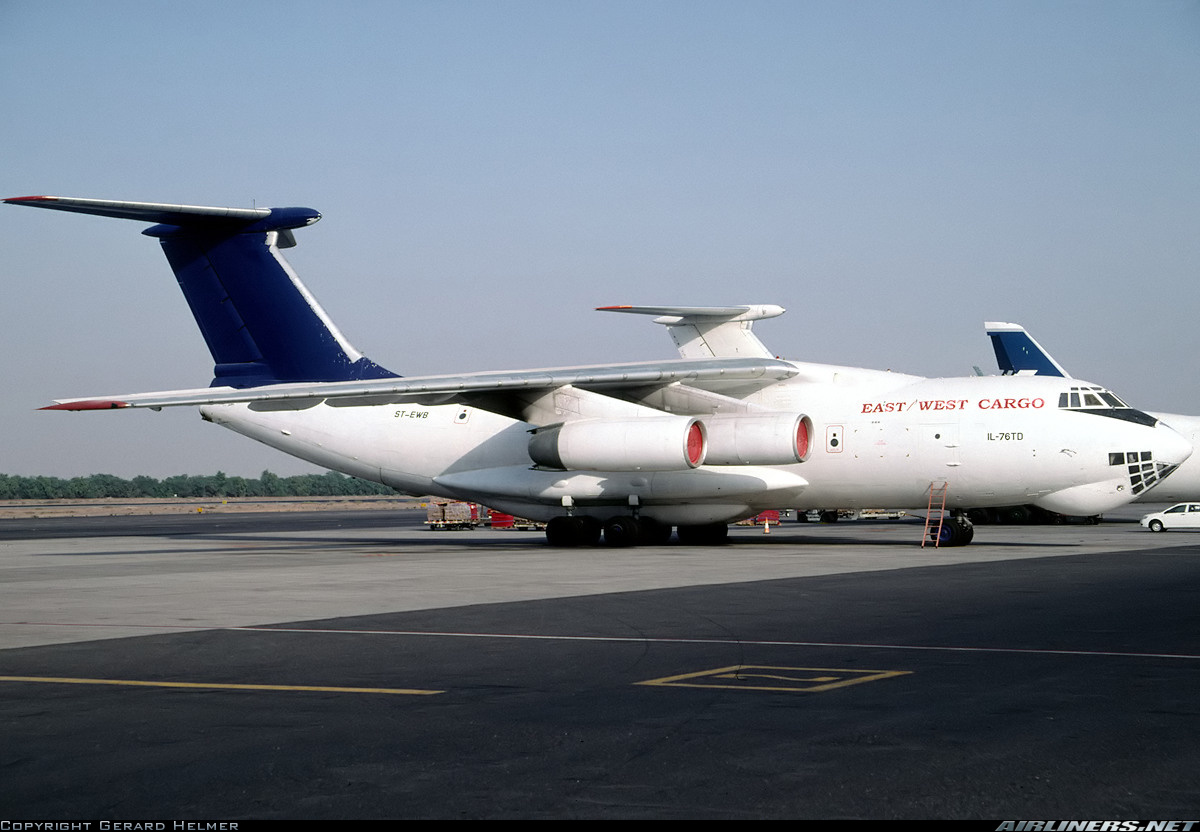

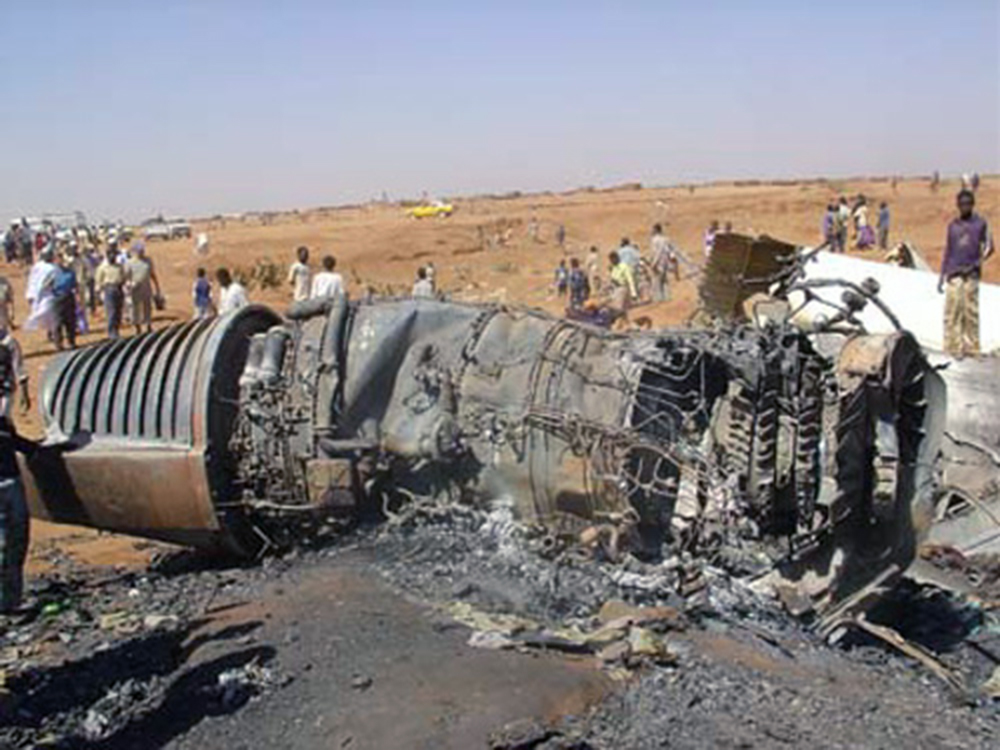
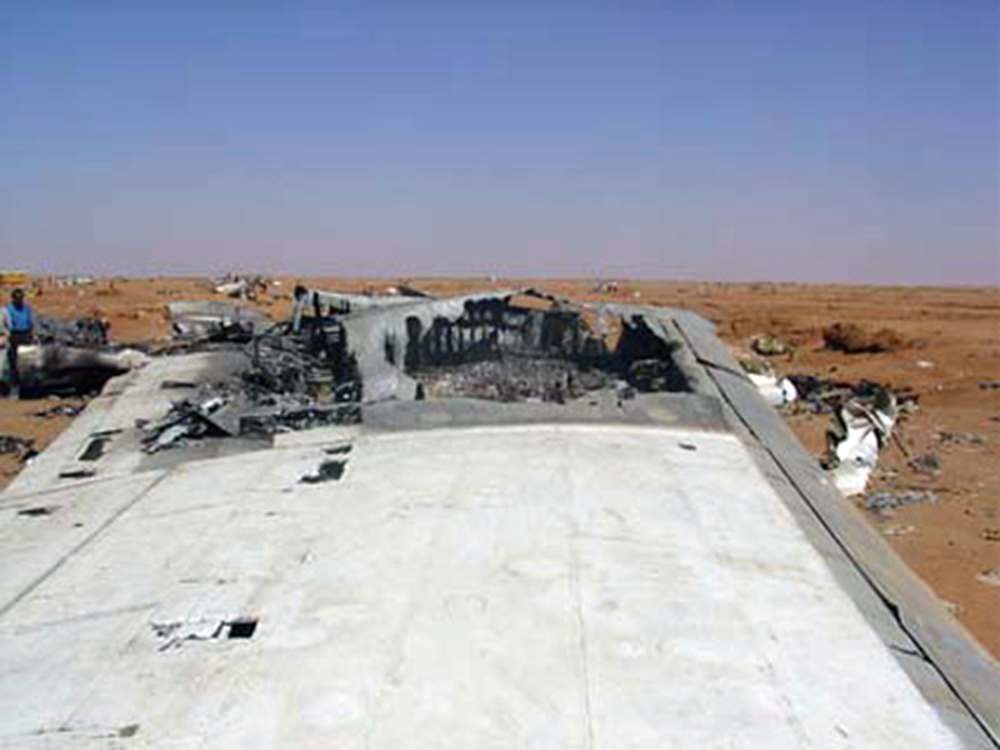

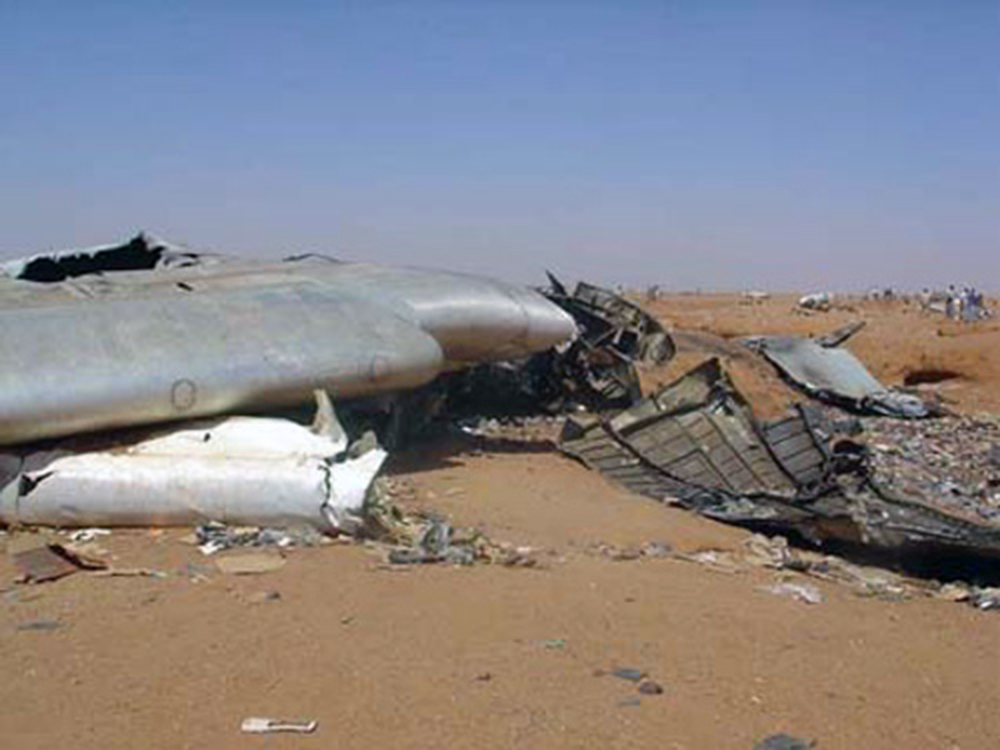
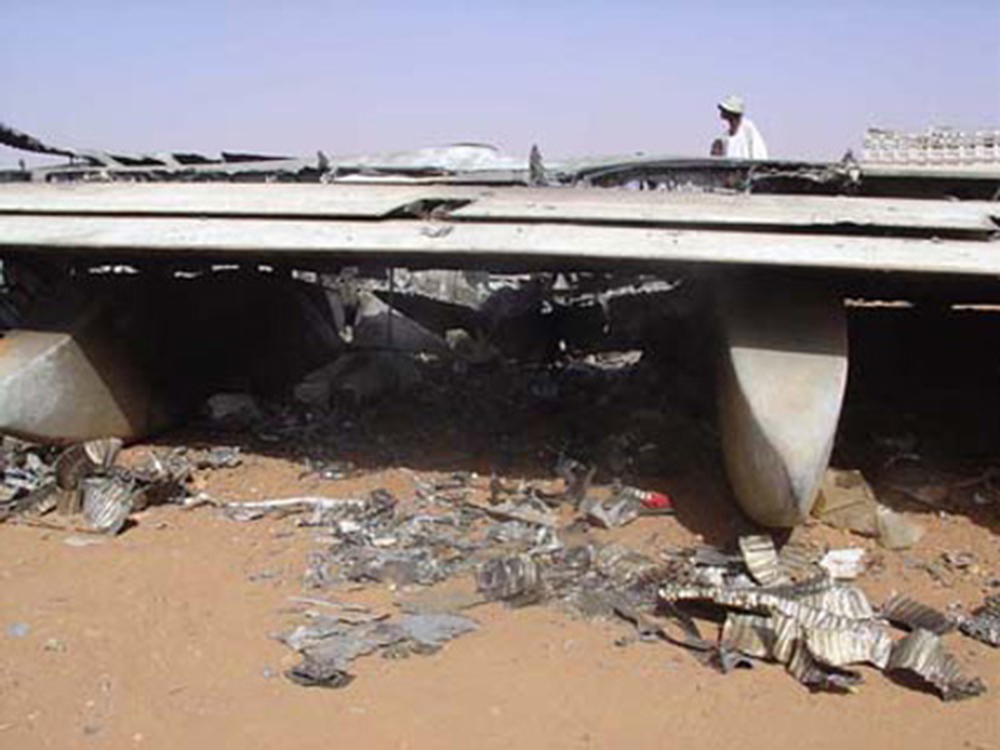

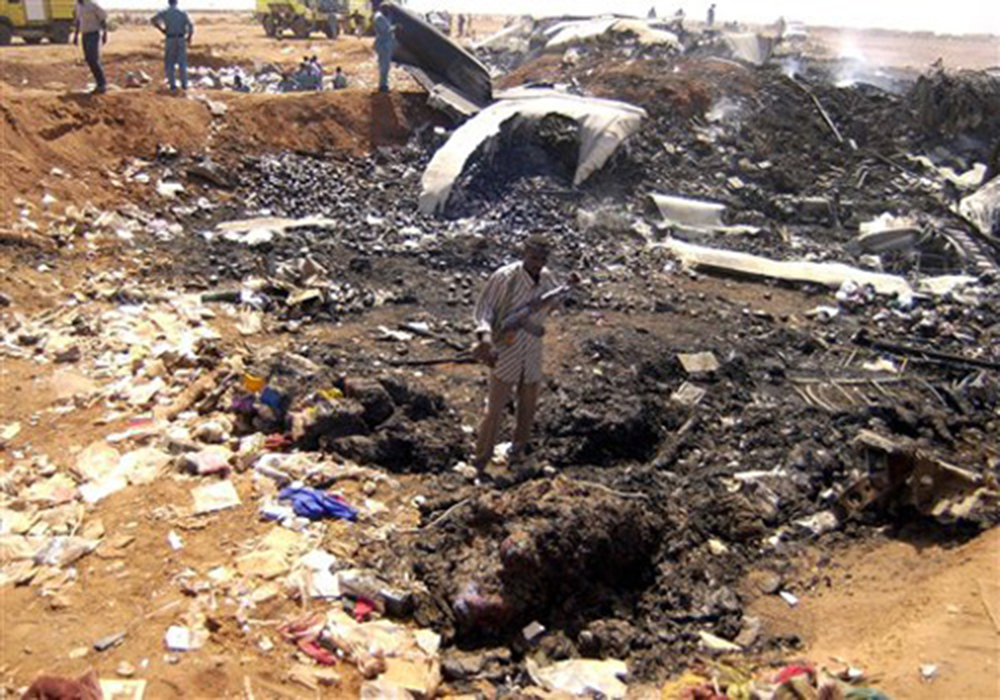
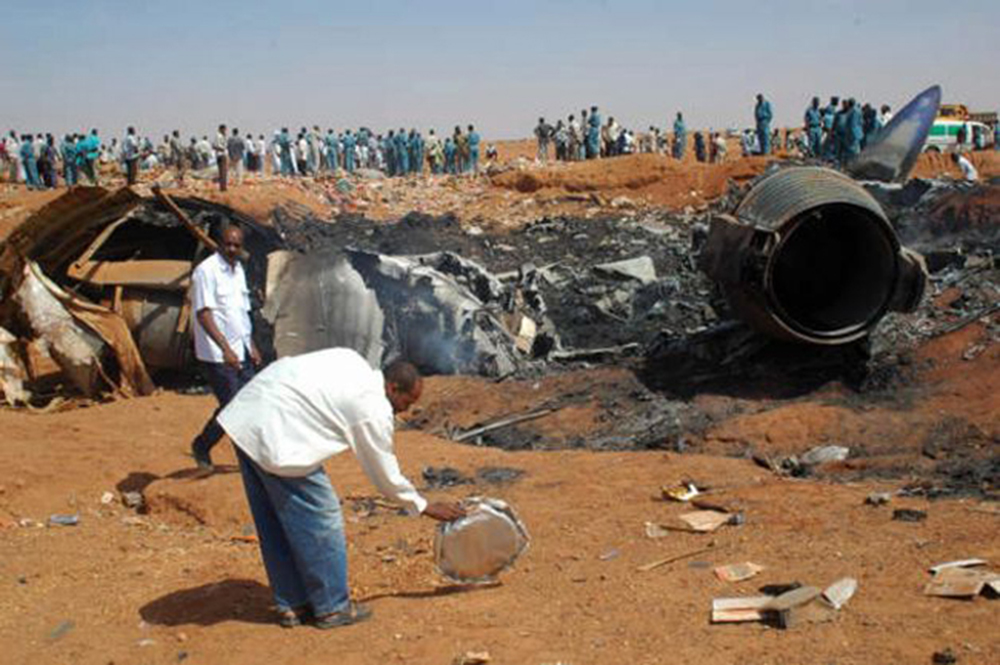
Crash of an Ilyushin II-76TD in Dushanbe
Date & Time:
Dec 30, 2004 at 0348 LT
Registration:
ER-IBM
Survivors:
Yes
Schedule:
Billund – Baku – Kaboul
MSN:
00334 48390
YOM:
1983
Flight number:
RIN922
Crew on board:
8
Crew fatalities:
Pax on board:
0
Pax fatalities:
Other fatalities:
Total fatalities:
0
Circumstances:
The Ilyushin 76 was chartered to fly a consignment of 28938 kg of humanitarian aid from Billund, Denmark to Kabul, Afghanistan. The airplane departed Billund at 18:00 and landed at Baku, Azerbaijan for a refueling stop. Visibility at Kabul was reported as 3000 m, and forecast worsening to 1200 m between 00:00 and 06:00 h due to snow and haze. Minima for Kabul airport however were a visibility of 5000 m and a cloud base at 450 m. The captain nevertheless departed Baku. While approaching Kabul the weather was reported to be: wind 340 degrees at 4 kts, visibility 2000 m, 1-2 octas clouds at 480 m, 5-7 octas clouds at 3000 m and a QNH of 1020 hPa. During the approach low clouds were moving in from the north. The visibility was limited to 500 m in fog and the wind direction changed. The crew of the Ilyushin were not informed of these changed values. The approach was continued and flaps and gear were selected down. At decision height the spoilers were extended and the descent was continued. The captain ordered the spoilers to be retracted, but this command was not carried out. At a height of 310 m, 4230 m short of the runway 29 threshold, the flaps were selected down to 43 degrees. The Il-76 was at that stage 365 m to the right of the extended centreline. The flight descended below the glideslope until it contacted the ground 910 m short of the runway threshold, at a speed of 230 km/h. The left undercarriage was destroyed and separated from the aircraft. The lower aft fuselage and cargo door were severely damaged and the pressure in the no. 1 and no. 2 hydraulic systems fell. The crew applied takeoff power, retracted the spoilers and selected flaps back to 30 degrees. The aircraft climbed away and the captain decided to head for Termez, Uzbekistan, but this airport was closed due to fog. It was decided to continue to Dushanbe, Tajikistan. The airplane made a low pass over the field so the air traffic controllers could observe the nature of the damage. A forced landing was then carried out.
Probable cause:
The following findings were identified:
- Disturbance in the work of the command-supervisory composition of the "Airline Transport Incorporation" company, that led to the failure to present the crew with AIP information of the Republic of Afghanistan about the Kabul Airport minima and the special features of the approach to this airport, as presented in the "Jeppesen", valid on 30.12.04;
- Decision making by crew and the decision to carry out an approach under below-minima conditions; unsatisfactory crew interaction during the final stage of the approach, which led to the loss of height, the failure to retract the spoilers, the descent below the established glide path, the collision of aircraft with a ground-based structure and the late spool-up of the engines to takeoff power;
- Deficiencies in the weather support of the flight, in that the crew were not given a visibility forecast, which did not allow crew to estimate the level of hazard of a change in the meteorological conditions.
- Disturbance in the work of the command-supervisory composition of the "Airline Transport Incorporation" company, that led to the failure to present the crew with AIP information of the Republic of Afghanistan about the Kabul Airport minima and the special features of the approach to this airport, as presented in the "Jeppesen", valid on 30.12.04;
- Decision making by crew and the decision to carry out an approach under below-minima conditions; unsatisfactory crew interaction during the final stage of the approach, which led to the loss of height, the failure to retract the spoilers, the descent below the established glide path, the collision of aircraft with a ground-based structure and the late spool-up of the engines to takeoff power;
- Deficiencies in the weather support of the flight, in that the crew were not given a visibility forecast, which did not allow crew to estimate the level of hazard of a change in the meteorological conditions.


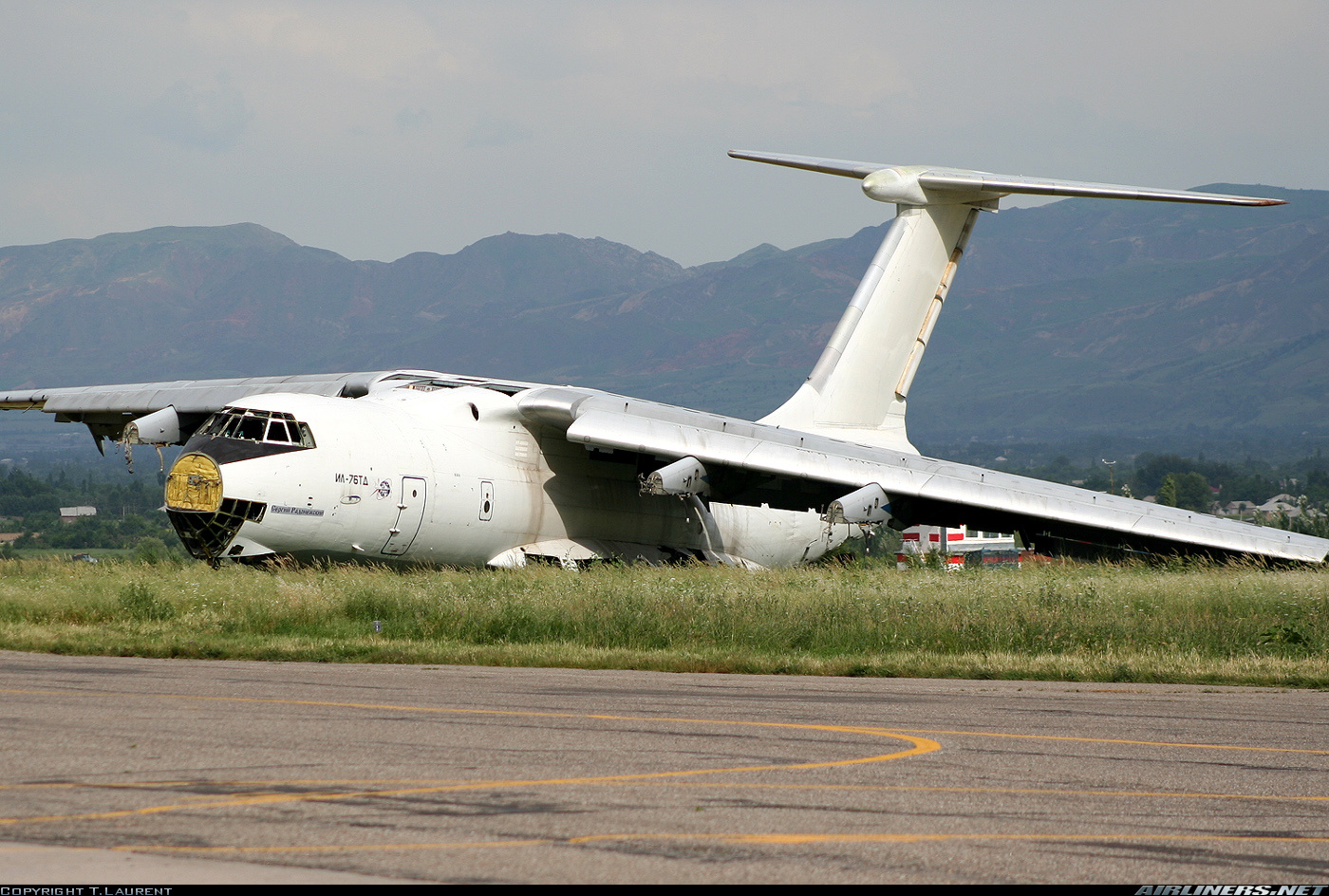
Crash of an Ilyushin II-76TD in Ürümqi: 7 killed
Date & Time:
May 18, 2004 at 1050 LT
Registration:
4K-AZ27
Survivors:
No
Schedule:
Taiyuan – Ürümqi – Baku – Riga
MSN:
00534 60827
YOM:
1985
Crew on board:
7
Crew fatalities:
Pax on board:
0
Pax fatalities:
Other fatalities:
Total fatalities:
7
Circumstances:
The aircraft was completing a cargo flight from Taiyuan to Riga with intermediate stops in Ürümqi and Baku, carrying seven crew members and a load of clothes. Two minutes after takeoff, while climbing, the aircraft stalled and crashed near a farm located 10 km from the airport. The aircraft was partially destroyed by impact forces and a post crash fire and all seven occupants were killed. Weather conditions were good at the time of the accident with a wind from 170 at 36 km/h.
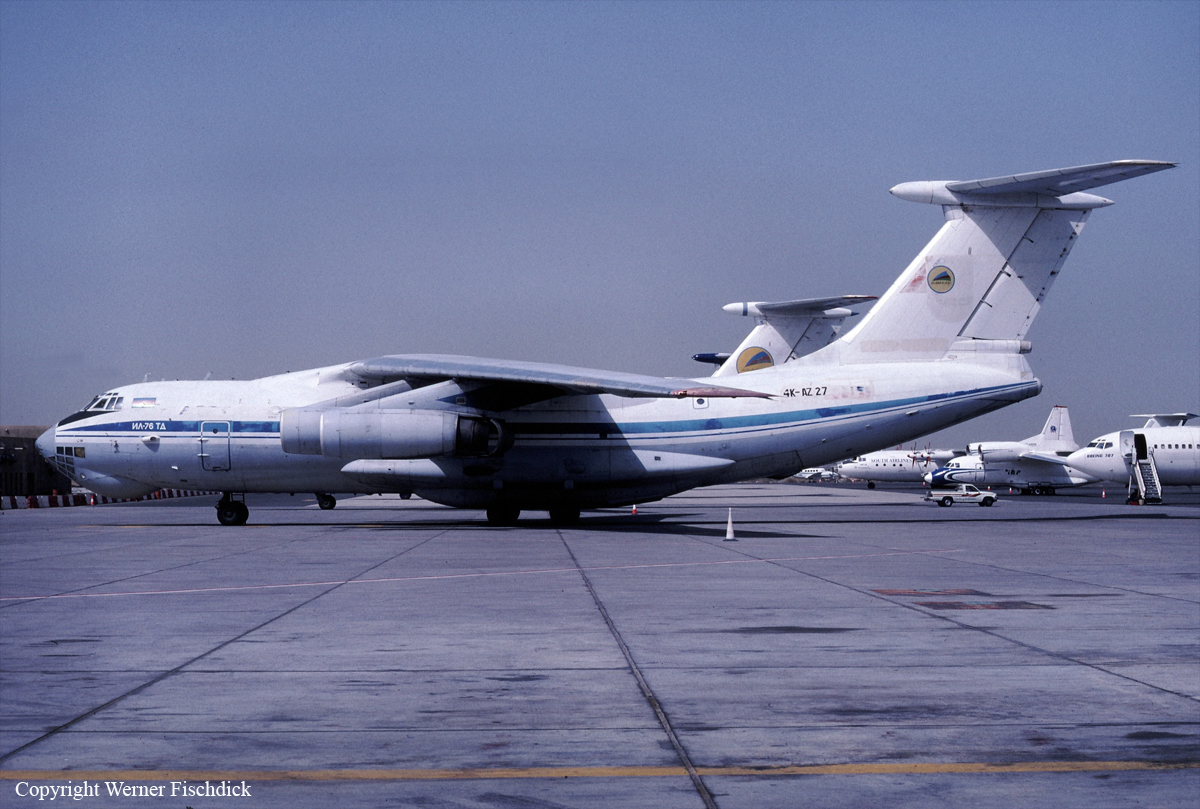
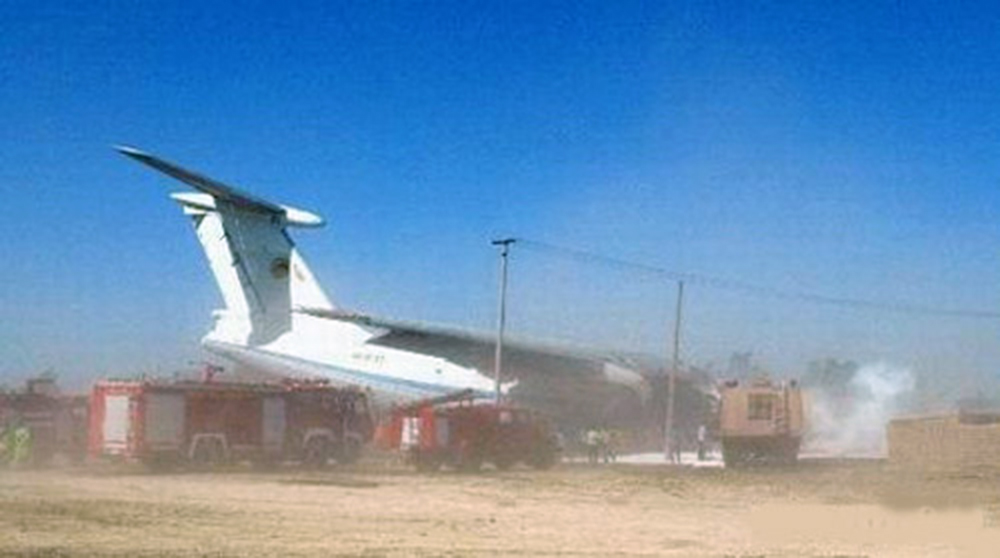



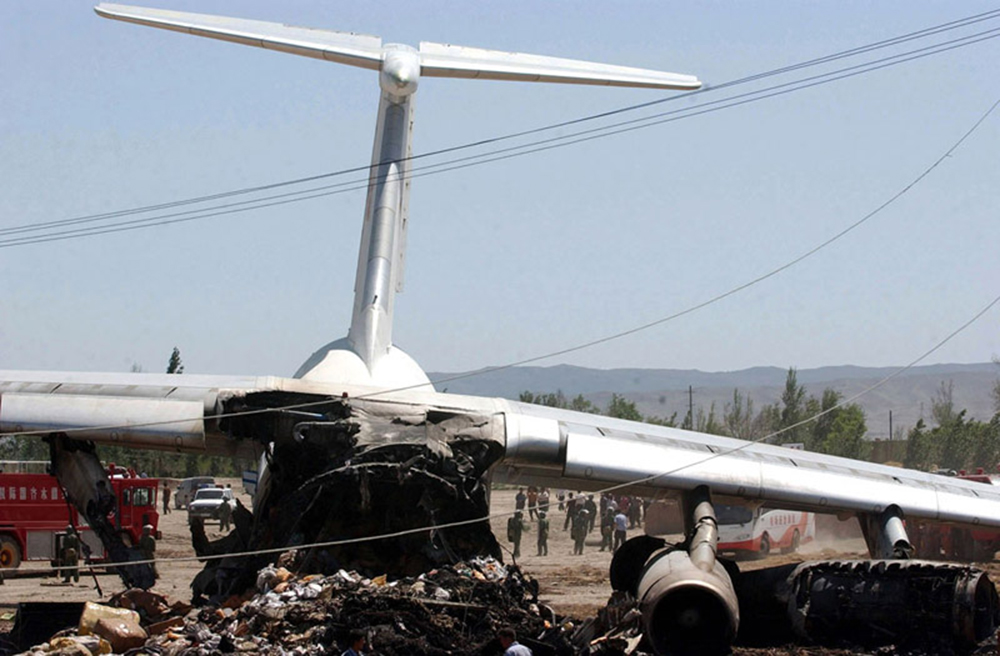
Crash of an Ilyushin II-76MD in Baku: 3 killed
Date & Time:
Mar 4, 2004 at 0940 LT
Registration:
UR-ZVA
Survivors:
Yes
Schedule:
Ankara – Bakou – Kabul
MSN:
00634 68036
YOM:
1986
Crew on board:
7
Crew fatalities:
Pax on board:
0
Pax fatalities:
Other fatalities:
Total fatalities:
3
Circumstances:
The aircraft departed Ankara, Turkey, on a cargo flight to Kabul, Afghanistan, with an intermediate stop in Baku, Azerbaijan. In Ankara, the airplane was loaded with 39,980 kg of cargo. At Baku Airport, 47 tons of fuel were added, bringing the takeoff weight to 189 tons, and the centre of gravity to 29,3% MAC, which was within the prescribed limits. During the eight-hour stopover the crew decided to rest in the aircraft instead of a hotel. As the aircraft started taxiing to the runway the flight engineer was heard saying that he would select the flaps at 30 degrees and slats at 14 degrees for takeoff. This however was not done. Prior to takeoff the position of the flaps was not verified by any of the crew members. Takeoff was thus commenced with flaps and slats retracted and the stabilizer trimmed at the takeoff position -4 degrees (corresponding to actual takeoff weight, CofG and flaps at 30°). At a speed of 210 km/h the pilot pulled on the control column to lift off the nose gear. At a calculated unstick speed of 265 km/h the angle of attack reached 9 degrees but the plane did not lift off the runway. Accelerating through 290 km/h the angle of attack of the aircraft reached 14,5 degrees, setting off the angle of attack warning on the flight deck. Some 1750 meters down the runway, the aft fuselage struck the runway. Seventy meters further on, at a speed of 300 km/h and an angle of attack of 19,4°, the Ilyushin lifted off the runway. The air traffic controller who witnessed the departure advised the crew to abort the takeoff, but the captain apparently continued. The airplane rolled to the left until the wing contacted the runway. Then the flight engineer noted his error and, without informing the captain, began extending the flaps and slats. Again without informing the captain, the flight engineer brought back the power levers of the four engines to idle. After three seconds he moved them from idle to the 'engine shutdown' position. The captain three times yelled "takeoff" but the engines were already shut down. After flying for 490 meters the aircraft struck the ground and crashed.
Probable cause:
Failure of the flight engineer to extend flaps and slats prior to takeoff. The following contributing factors were identified:
- Poor crew coordination,
- Poor flight preparation,
- Crew fatigue.
- Poor crew coordination,
- Poor flight preparation,
- Crew fatigue.
